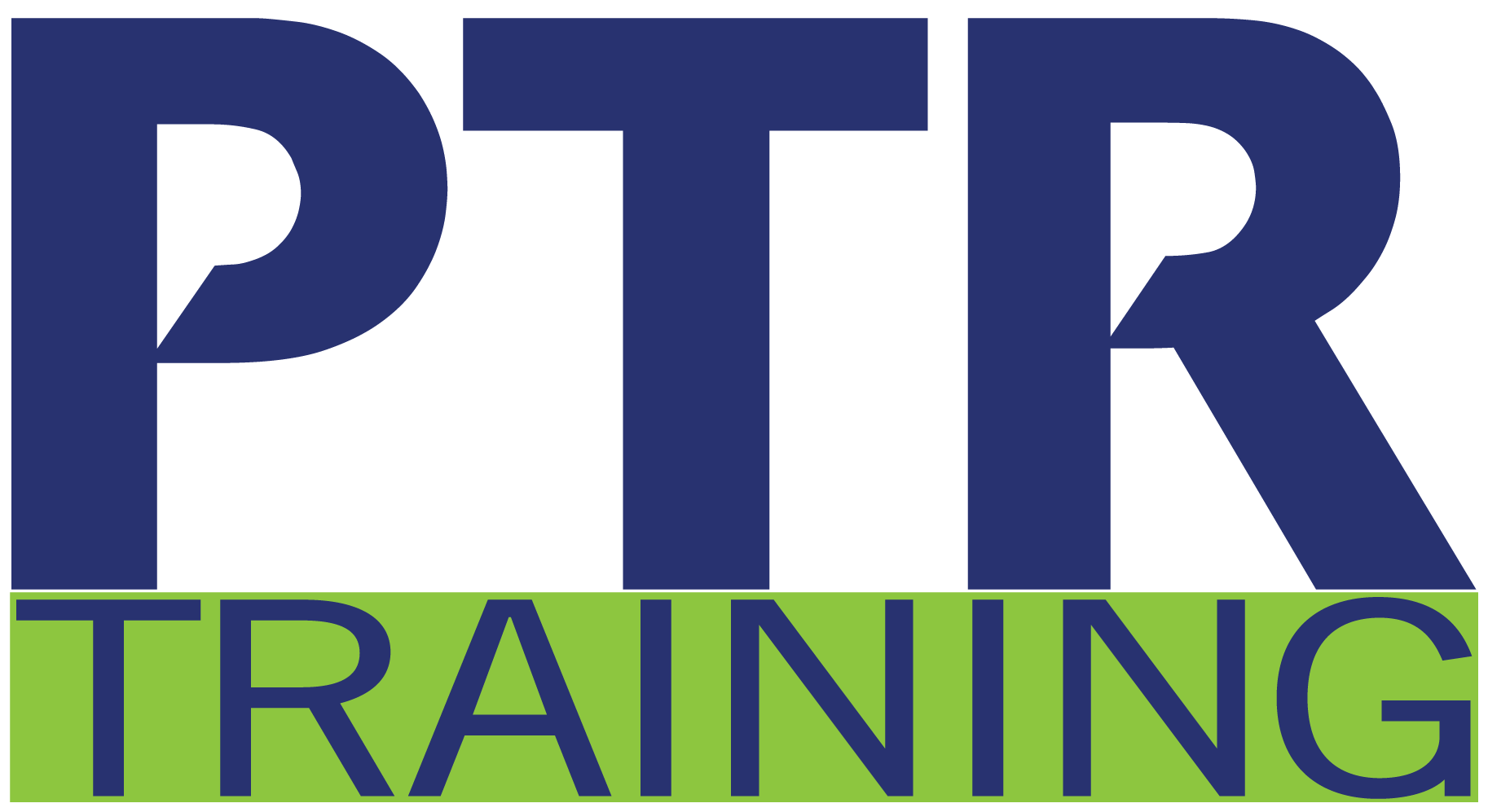Retaliation is one of the most frequently filed claims with the Equal Employment Opportunity Commission (EEOC). A retaliation claim can still be valid even if an initial discrimination charge does not violate the law. It’s important to understand that EEO and retaliation claims are distinct. Learn how to identify and prevent retaliation to mitigate risks effectively. A clear understanding of what constitutes retaliation and proactive measures to address these risks can help organizations avoid costly legal claims. Taking a proactive approach reduces liability and fosters workplace trust and accountability.
Learning Objectives »
- Understand retaliation and how it can occur.
- Explore the legal impact of retaliatory actions.
- Review guidelines for avoiding retaliation.
- Discuss activities that are protected from retaliation.
- Identify examples of retaliatory actions.
- Learn the process for responding to complaints.
- Document complaints and tangible employment actions.
Course Agenda
Equal Employment Opportunity (EEO) and Harassment
- Labor and EEO Laws
- Federal vs. State EEO Laws
- Discriminatory Practices
- Types of Harassment
- Risk Mitigation
Recognizing and Avoiding Retaliation
- Retaliation Defined
- Title VII
- Retaliation and ADA
- Adverse Actions
- Covered Individuals
- Tangible Employment Actions
- Protective Activities
- Opposition vs. Participation
- Responding to Complaints
- Documenting Complaints





